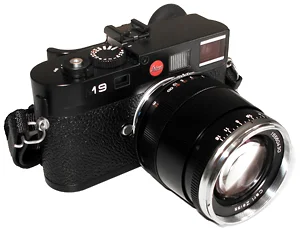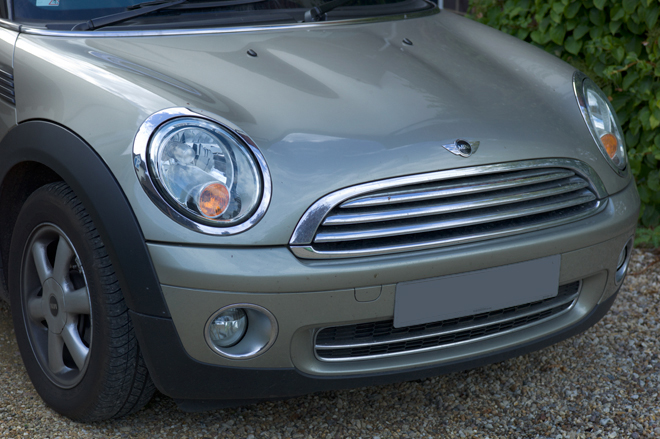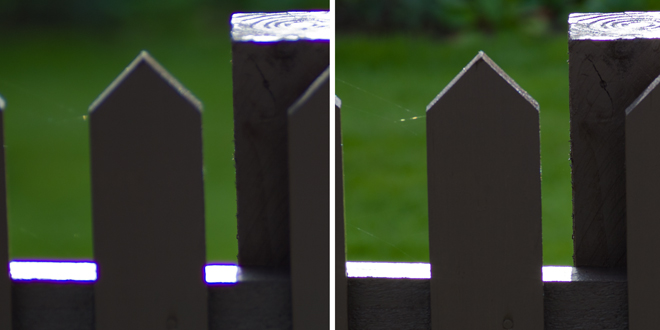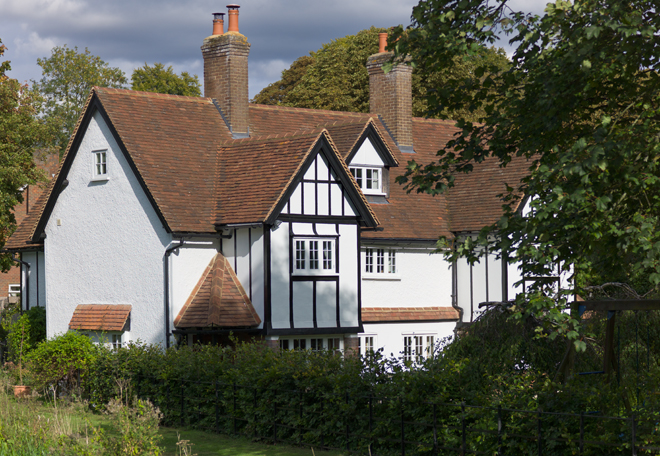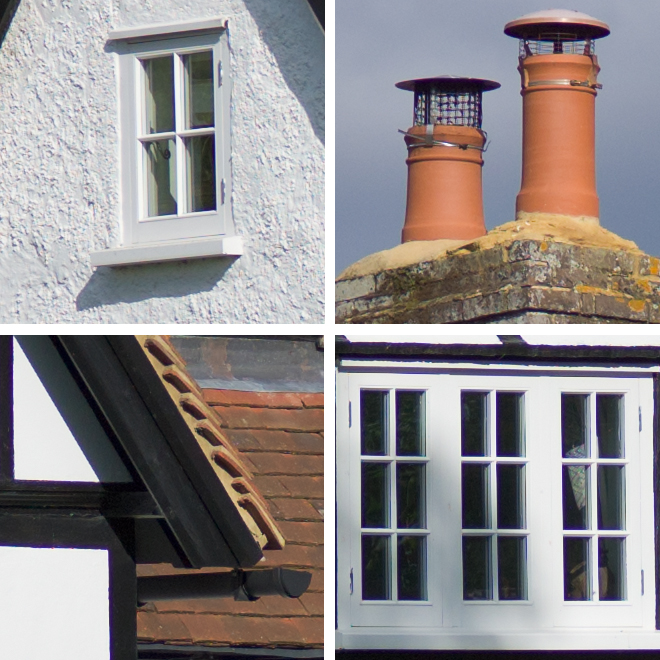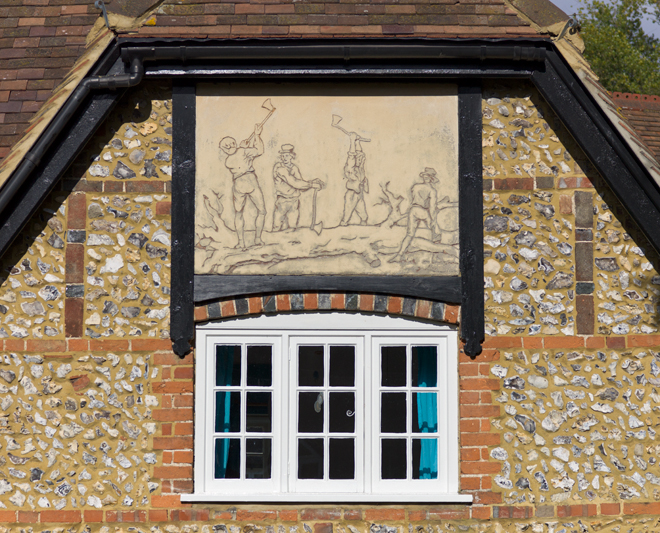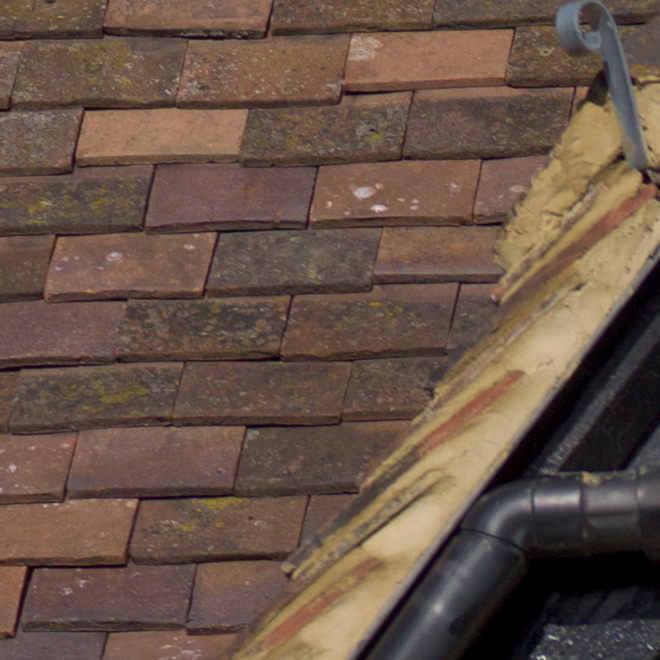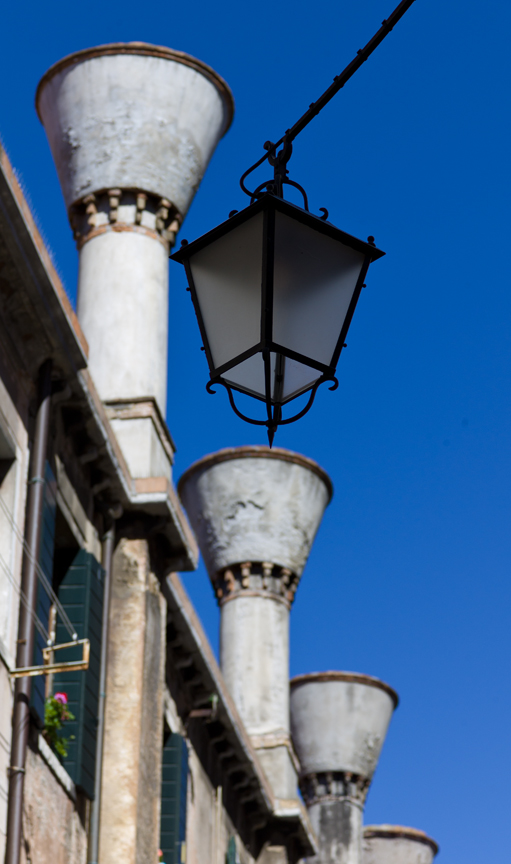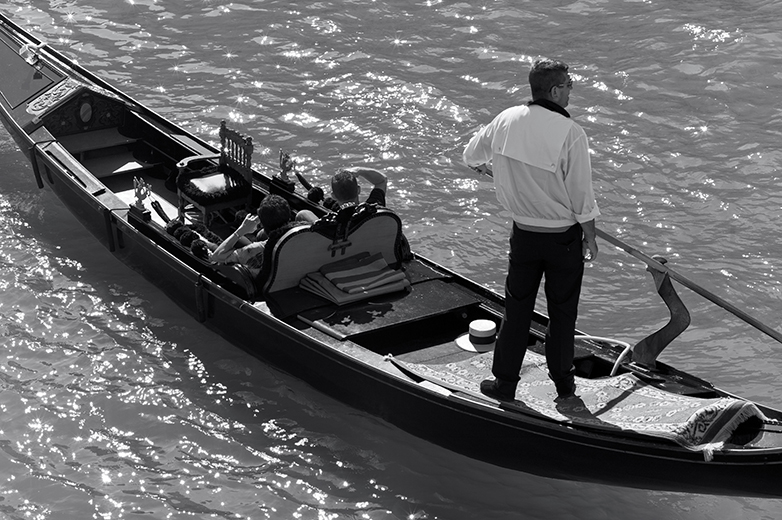This is a revised and extended version of my Zeiss 85mm Sonnar lens review article which was originally published on Steve Huff's very popular photography blog in December 2010. I've included more images and new technical content gained from further research on the lens and also added some full size image download options for those who would like to review selected images at full size.
Over the past few months I've transitioned from Nikon DSLRs to the Leica M9 for almost all of my ‘candid’ photography, reserving my Nikon D3 and long telephoto lenses for the sport and racing photography I still do in the summer. Even after three months, I am still somewhat surprised by what can be achieved with the Leica M9. There is just something very special about the images it can produce together with Leica's superb optics. In these early months I've been working predominantly with Leica's superb 24mm and 50mm Summilux ASPH lenses and also with some wonderful Zeiss 35mm and 50mm optics.
More recently, I've been adding lenses, and I'd read that, due to it's narrow angle range-finding system, a rangefinder camera has technical limitations on the longest focal length lens it can accurately focus. Despite Leica and others offering 135mm lenses, several writers suggest the practical limit to be 90mm, and having got very used to my Nikon telephoto lenses in the past, I felt I needed a longer throw lens for those ‘can’t quite get close enough’ shots or for more effectively isolating subjects from their background and foreground.
I did quite a lot of homework on the choices from 75mm to 90mm, reading whatever I could find on the usual forums and websites, but was still not entirely sure what I should go for. There is a very insightful debate on this very question in this Leica forum post. Then, my excellent local Leica dealer Robert White’s Stuart Culley, while apologising for the generally poor availability of Leica 90mm lens stock, suggested a Zeiss f/2.0 85mm Sonnar as another option; particularly good, he thought, for portraits and full length people shots. That resonated, particularly because of some excellent images I'd seen at the end of Steve Huff’s article on the Leica 75mm Summicron, shot on the Zeiss, in a comparison to the Leica.
This suggestion set me off on another search for comparative reviews. I found Erwin Puts' review of a selection of short telephoto lenses, including the Zeiss 85mm Sonnar, here; but, alas, supported by very few images. However, Sean Reid's subscription site, Reid Reviews, also has excellent, illustrated reviews on all relevant Voigtlander, Zeiss and Leica choices.
For those enthusiasts interested in the development of the Sonnar lens design there is an excellent, though brief, article on it's historical evolution by Frank Mechelhoff here, and a little on Wikipedia, here.
Steve Huff and other writers have been impressed with the Zeiss and so, when I needed to make a final decision for a forthcoming trip, I decided on the Zeiss. When it finally arrived, I made some quick test shots to get to know it and was quietly impressed with the way it draws, its colour and just the overall quality of the imagery. Then I took it with me to Venice for a couple of days and these are my first impressions of the combination. First, the initial test shots.
Yes, I know - is this a boring shot or what? Well, this was the very first image from the lens and I kept it in because of the superb, subtle tones in the car's hood and bright metalwork. This colour is difficult to capture, but the full size non-jpeg version, processed, is stunning. It's a simple, nondescript image but it signposts the lens's capabilities. I was encouraged.
However, when I took some contra-jour images to see how it would cope with flare, I was somewhat surprised by the colour fringing on the burnt out highlights in some of the test images. Here you can see, on the left above, a 100 percent centre crop from an image taken at f/2.8 versus that on the right at f5.6. You can see purple fringing around the very high contrast edges until the lens is stopped down past f2.8, as it is on the right. Hmmm.
As you can see above, this fringing is more exaggerated when you inadvertently overexpose the image at very wide apertures, as I did above, while experimenting with the bracketing of exposures. Ooops. Well, after this first test shoot, and even though I had contributed to the effect myself by overexposing some images, I was keen to understand more about it, so I revisited the articles I'd previously read to see if others had found the same. Yup, in his 90mm RF Lenses test on the M8, Sean Reid noted the same issue on his pre-production sample, finding more Chromatic Aberration than he expected at apertures greater than f4. Also, in his test on the ZF version of the same design his test shots show similar aberration levels on images from wide open to f4. For those interested, there is a great article on Chromatic Aberration at Paul van Walree's site here.
After doing more research on this issue, with a wide range of sources, I learned that lateral Chromatic Aberration is more common than you would think, and it's often seen on relatively fast lenses when used at or near their maximum apertures at very high contrast edges. Witness the same purple fringing on even the fabulous $11,000 Leica 50mm Noctilux-M ASPH lens in Thorsten Overgaard's review here, which also needs to be stopped down to avoid the same effects in very contrasty lighting. This post at the Leica Forum also contains an extensive discussion and images on this whole issue. In another Leica forum post here there is a very extensive discussion on the issue in relation to the Leica 50mm f/0.95 Noctilux which explores its causes, the practical remedies and the realities and compromises in very fast lens design and Erwin Puts' article here illustrates it in context with further explanation.
From these and other sources it also seems that sensor 'bloom' effects may exacerbate purple fringing where the highlight boundary is very overexposed and out of sharp focus, which is what I did. The remedy is, if you detect the fringing in a preview, stop down slightly so that the various wavelengths of light come to focus within the depth of field and thus reduce the artifact. Capture One, the RAW converter, is said to be able to remove the artifact in the conversion workflow. However, a simple Cardinal Rule is - I know, it's the obvious one - don't overexpose at very high contrast edges.
Somewhat refreshed by all this background research, I finally ended up re-reading Sean's closing remarks in his much later comparative test of 90mm Leica. Zeiss and Voigtlander lenses, where he also re-tests a production Sonnar, he concludes;... 'it's really impossible to ignore the exceptional performance of the Zeiss 85/2.0 Sonnar. This is a first rate optic.... (it) may, in terms of technical performance, be the best telephoto lens I have yet tested.'. CA was still visible with the production sample, but not excessive. Phew!
When you look at the technical details from Zeiss on this lens you can see some remarkable claims. For instance, the MTF charts for the lens are outstanding:-
On the right hand chart above you can see that the MTF for the 40 line pairs/mm (the lowest pair of solid and dashed lines representing high frequency data, micro contrast and apparent sharpness) are up at the 80% level for much of the field - this represents potentially excellent sharpness and an excellent ability to accurately record fine detail by the time the lens is stopped down to f/4.0. The highest pair of lines for 10 line pairs/mm (low frequency image details and general image contrast) are at the 95% level which suggests superb contrast across the frame at f/4.0. The left hand chart is almost as good at f2/0, still excellent contrast across the frame, but with slightly less ability in fine detailing towards the corners. There are some very helpful articles on MTF by Klaus Schroiff on Photozone here and by Bob Atkins starting here. There is also a useful article by Bob Atkins on testing lens sharpness and resolution here.
So, I was comforted enough to carry on testing, and with renewed enthusiasm aided by a gorgeous sunny day, I set off into the village to get the shots below.
Here you can see what can be achieved with the lens when the exposure is spot on. This is an old, very photogenic cottage in my village. The detail in the building and its roof makes it very useful as a test subject - particularly in bright sunlight together with some deeper shadows under the nearby trees. I just liked the way the Sonnar draws it - and those lovely colours. The image was shot in RAW and minimally converted in ACR. No contrast adjustments or sharpening were done. Click on the image above to download and view the Jpeg version at 100%, which was saved at quality 10 (5.4Mb).
Here are some 100 percent crops from around the centre and edges of the same image - again, all unsharpened and unprocessed except the bare minimum of conversion in ACR. Although this is reputed to be a high contrast lens, all these details are beautifully drawn and they stand out without the need for adding excessive contrast in post processing. The chimney detail crop reveals how beautifully the lens renders the subtle tones in the eathernware pots - great colours again - and if you're concerned about how it captures detail at the edges, check out the fine wire mesh at the top of the right hand chimney pot.
Walking a bit further down the lane, I shot the image below. It's shows an example of a dying craft called 'Pargetting'. This is done by lime plastering a section of wall, or as here a decorative panel, and then drawing into the wet plaster to illustrate a rural scene. It's a technique that was used on many village and civic buildings from the Late Tudor period (1500s to 1600s) right up to the early 1920s. Here you can see local farm workers felling and trimming a tree. Anyway, the image helps to show how the lens captures the textures without having to emphasize them with contrast adjustments.
There is also no trace of the aberrations I detected earlier. The high contrast edges around the windows in the shot below show that all is well when you get the exposure right. No sharpening has been applied to the image.
Here is a 100 percent crop detail from the upper left of the image. No contrast adjustments or sharpening were added. Great colours in the roof tiles.
Below is a 100 percent crop detail straight from the RAW file from the centre of the image. No contrast adjustments or sharpening were added. Great rendition of the flint wall details too, and again, no trace of chromatic aberrations on the high contrast edges.
So, with that modest, but successful test behind me, I was ready for the real trip - an all too brief, two day vacation in Venice!
venice - a leica and zeiss paradise
This image (below) was my first shot from the balcony of our hotel. It's only about a third of the frame, from the centre - 85mm focal length doesn't really isolate everything at this distance. It was shot at f4.0 at 1/1000th sec at ISO 160 - handheld. I was just trying to get used to the framing at this sort of distance, and framing your shot is a bit of a challenge with this lens. If composition is critical, to use as much of the frame as possible, then you're going to have to practice quite a bit before you get what you were hoping for first time. Even if you dial in an appropriate lens code, you still get the 90mm framelines and they are different enough from the real view that critical composition is quite tricky. I need to practice more, obviously.
If you look closely, you can still see some chromatic aberration on the left shoulder of the gondolier and you can just detect the purple fringing on the near horizontal surface of his shirt, but it's not too bad.
Look at the detail though - even at this modest sized picture you can still see the potential of this lens - finely drawn lines, nice colour and wonderfully subtle tonal gradations. Very nice, and the way it picks up the variety of tones and the translucency of the water, under the gondola and by the oar in the bottom left corner, is also excellent. Again, minimal processing and no sharpening.
Focus was quite tricky - I'm still getting used to it, but I really don't see why Ken Rockwell had quite so much trouble focusing this lens, as he claims, in his otherwise very positive review.
Lots of people have commented on this lens being an ideal portrait lens, including Zeiss themselves. I think I'm right in remembering that they say that, because of deliberately uncorrected spherical aberrations inherent in their design, the lens gives beautiful renderings of slightly soft portraits and so lends itself directly to that kind of work. Well, actually, I was hoping that it might be capable of a greater range of subject matter than that. I think these shots suggest that's very possible. Well then, how about some group shots?
This one is also only half the frame, from the left edge to the centre, so the standing gondolier is imaged on the extreme edge of the lens coverage - beautiful. The lower gondola is at the extreme bottom of the frame - check out the detail in the girl's hair and the beautiful skin tones in her arms. The red haired chap in the bottom right hand corner has a printed T shirt on that is nicely rendered too. The gondola decoration, bottom left, and the water droplets are finely captured as well. Click on the image above to download and view a jpeg version at 100%.
Unexpectedly, I really like this shot because of the 'X' composition of the people, the 'chaos' of detail and its overall sense of humour. Wherever you start looking at the picture, your eye is constantly drawn back in by the many lines of interest in the image. They really look like they were having such great fun! Shot at f/8.0 at 1/350th at ISO 160, handheld.
While I was busy concentrating on the shot above, I could hear someone below me, out of frame, singing the 'Just One Cornetto' Walls advertising campaign song to the tune of 'O Solo Mio'. When I glanced down from the balcony there was this crazy guy singing his head off, in mock Italian, with his arms flung wildly apart at the crescendo of the song. A quick refocus and, pop, I got him. Of course my composition was off, so this crop is from one corner of the frame but, I like it. Not exactly posed, but he got my attention! I like the way all the heads lined up and the way the others are trying to ignore the noisy one; the guy in the grey T shirt is, I think, wishing he were somewhere else. Shot at f/5.6, 1/350th at ISO 160.
Next up was a walk around the Fish and Vegetable Market and here are a couple of shots using the lens at close up range, handheld, in very poor artificial light. Here are some red and green chillies shot at f/11.0, 1/45th at ISO 160. I made no contrast adjustments, nor did I add any sharpening.
This shot, is disgusting. These are some kind of eel, no idea which, but skinned the way they are and such an awkward and subtle colour to capture in the crazy lighting, I think it's a creditable result from the lens. Again shot at close quarters at f/4.0, 1/45th at ISO 160. No sharpening or contrast adjustments - straight off the camera with minimum work in ACR.
Having been exhausted by trudging around a crowded Venice all day, I thought to catch some culture. So my wife and I took in a Vivaldi chamber music concert at a local Chapel that evening. Naturally, I made myself a bit of a nuisance in the interval by periodically popping up and down out of my seat, like a Jack-in-a-Box, to try a get a shot of the artists before they began the second part of the evening. As they were retuning their instruments, I managed this shot at f/2.0, 1/60th at ISO 1250 - handheld. Not a bad result at ISO 1250! The keen eyed among you will notice the aberrations again at the edge of the music's maxed out highlight in the centre of the image. Ah well. Check out the lovely colours in the marble in the background upper left and the rendering of the Cellos on the right.
The following day, I tried again, and while my wife was trying out her new LX5, I experimented with some extreme backlit shots. This is one of my favourites. I can tell you that the upper 25% of this scene was completely washed out in the camera's default jpeg. I kept it in, with the minimum of work in ACR to recover the highlights, to show you just what this lens is capable of in such conditions. The shot has its own grace and atmosphere, capturing the very spirit of the Venitian moment. Once again, check out the details in the distance and the way the scene is drawn - very, very nice stuff. Taken at f/5.6, 1/500th at ISO 160; no sharpening etc.
Just to make the point a little more obviously, here are some 100 percent crops from the same image - straight from the camera.
A little further along, I came across one of those surprise juxtapositions which catches your eye and you then spend the next ten minutes working out how to lay on the ground to get just the right angle to compose everything into the best geometric relationship while passers by step nervously over your prone body; hence this shot. I like the way the chimneys are out of focus but recognisable and the overhanging lamp is tack sharp in contrast. Image shot at f/5.6, 1/1000th at ISO 160 - handheld, on my belly in the dirt! Fabulous blue sky gradations.
As we returned to the hotel, looking across the Grand Canal, I noticed a beautiful, almost completely grey building facade with wonderful detailing caught in acute lighting, greatly emphasizing the texture of its stonework. Hence this shot. Taken at f/5.6, 1/3000th at ISO 160 (loads of light), handheld, with no sharpening or contrast adjustments, its shows what this lens can do right across the frame - it's even caught a flying gull mid-flight on the upward wing beat - perfectly! If you can't see it in the main image take a look at the 100 percent crops below. All straight from the camera.
And now for the humorous moment! This is a hilarious example of exasperated Italian temperament. The gate sign, so my wife tells me, which we just happened to walk past, says - ENOUGH! Stop with the Dog Shit! We are Furious! I'm not sure what the Arabic says below it, but I can guess. Couldn't resist the image, and you can see how the lens has made a first class job of rendering it at close quarters. Taken at f/5.6, 1/180th at ISO 160 - handheld. This shot supports Erwin Puts' conclusion that the Sonnar excels at close distances.
And here is a 100 percent crop from the centre of the image, again, straight from the camera.
So as not to concentrate my efforts entirely on buildings and group shots, I took a few people images. Here is an example from quite a distance, handheld, in mostly shaded lighting. It's only twenty percent of the frame, but the man is very nicely rendered - pity about the dog's head being overexposed. Shot at f/6.7, 1/180th, ISO 160, no sharpening, but white balance and exposure adjusted.
I also managed to catch this lady, with her very swish sun brolly, while she was posing for her friend. This was shot at f8.0, 1/125th at ISO 160 and is only 25% of the frame. The white balance and exposure was corrected, but no sharpening was added. Very smooth subtle colours and the umbrella is just beautifully drawn.
Finally, some monochrome images, the first of which is a contra-jour shot of four gondoliers edging down a narrow canal towards the light. Since most of my work is expressed in monochrome these days, I thought I ought to just put a couple in among this unfamiliar orgy of colour. I just love the way these images are drawn - simple as that. Maybe it's just me, but those subtle tones translate through to monochrome exceptionally well.
Here is another contra-jour shot, again from my balcony, taken at f4, 1/1500th at ISO 160, PP'd in ACR, CS5 and Silver Efex Pro. Click on the image below to download and view a Jpeg version at 100% (5Mb).
conclusions
The comparative size and weight of this lens is substantial. On the camera, however, it feels good with a reassuring balance. Some writers have commented on its unusual conical shape, but if you look through the viewfinder you can see that its shape very effectively reduces the lens's intrusion into the frame (without the hood) when composing - a good thing. Fortunately, because it employs internal focusing, the lens does not extend much when focusing between its closest working distance and infinity, which helps the handling. Colours from the lens are very good, sometimes subtle and muted and at other times pleasingly warm and 'forward'. Resolution and micro contrast is high. The rendering of tonal gradations is superb.
I think, without a shadow of doubt, that this lens is a genuine winner. Although my work is almost exclusively monochrome these days, this lens has a habit of reminding you that colour has it's own intrinsic photographic value and that it can seduce the eye with its own subtle rendering of scenes where colour is a major pictorial element of the overall image. It has a 'personality' - softer rendering when completely wide open, but rapidly rendering pin sharp, contrasty images as you stop down past F/2.8 and is wonderful at F/5.6. Couple this with beautifully subtle colour when it's appropriate and it's ability to record very fine details and I don't think you could be disappointed with this lens.
Of course, it's not a budget lens alternative to a comparable Leica lens and so it has to stand in that company as an equal performer but with a different 'character'. I think it achieves that with plenty to spare.
Incidentally, you'll of course have noticed that I deliberately didn't shoot any portraits. Ha! I hear you say - it's a portrait lens. Well, that's because I'm now working on the next step, which is how to use the lens as creatively as I can. Having satisfied myself that the Sonnar is a keeper, my challenge now is to see what can be achieved creatively - and I shall begin with a portrait or two. Hmmm.
